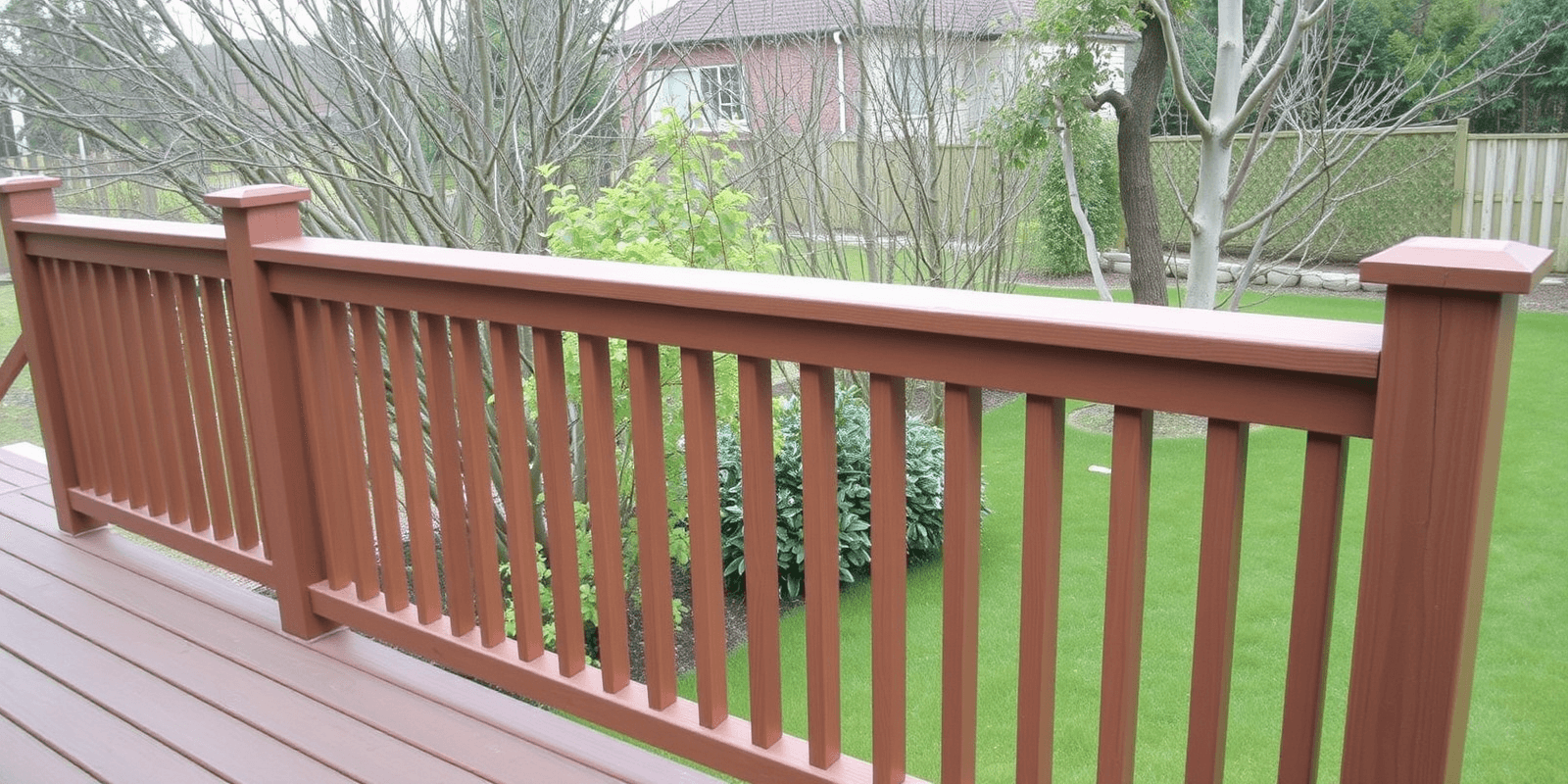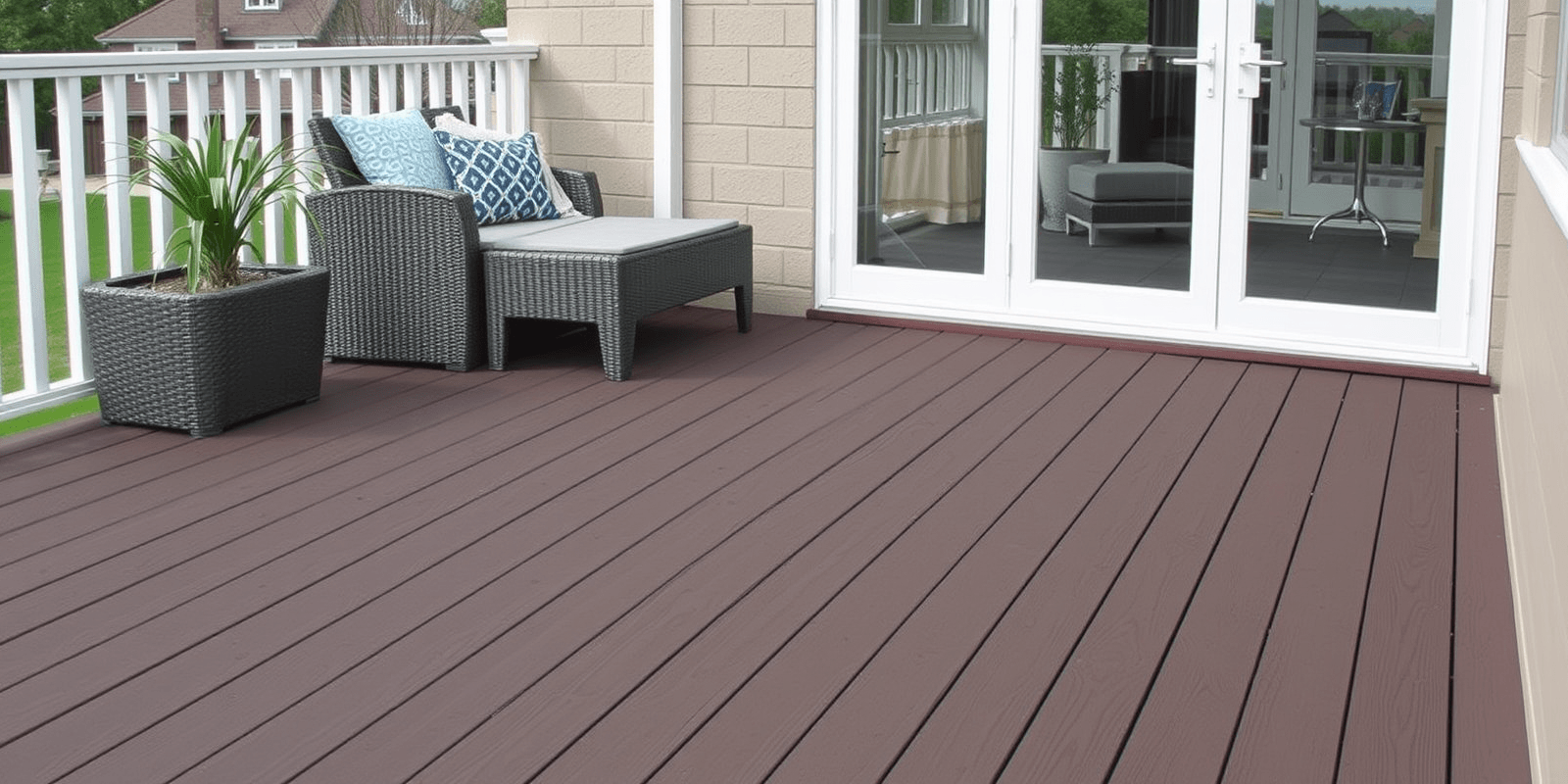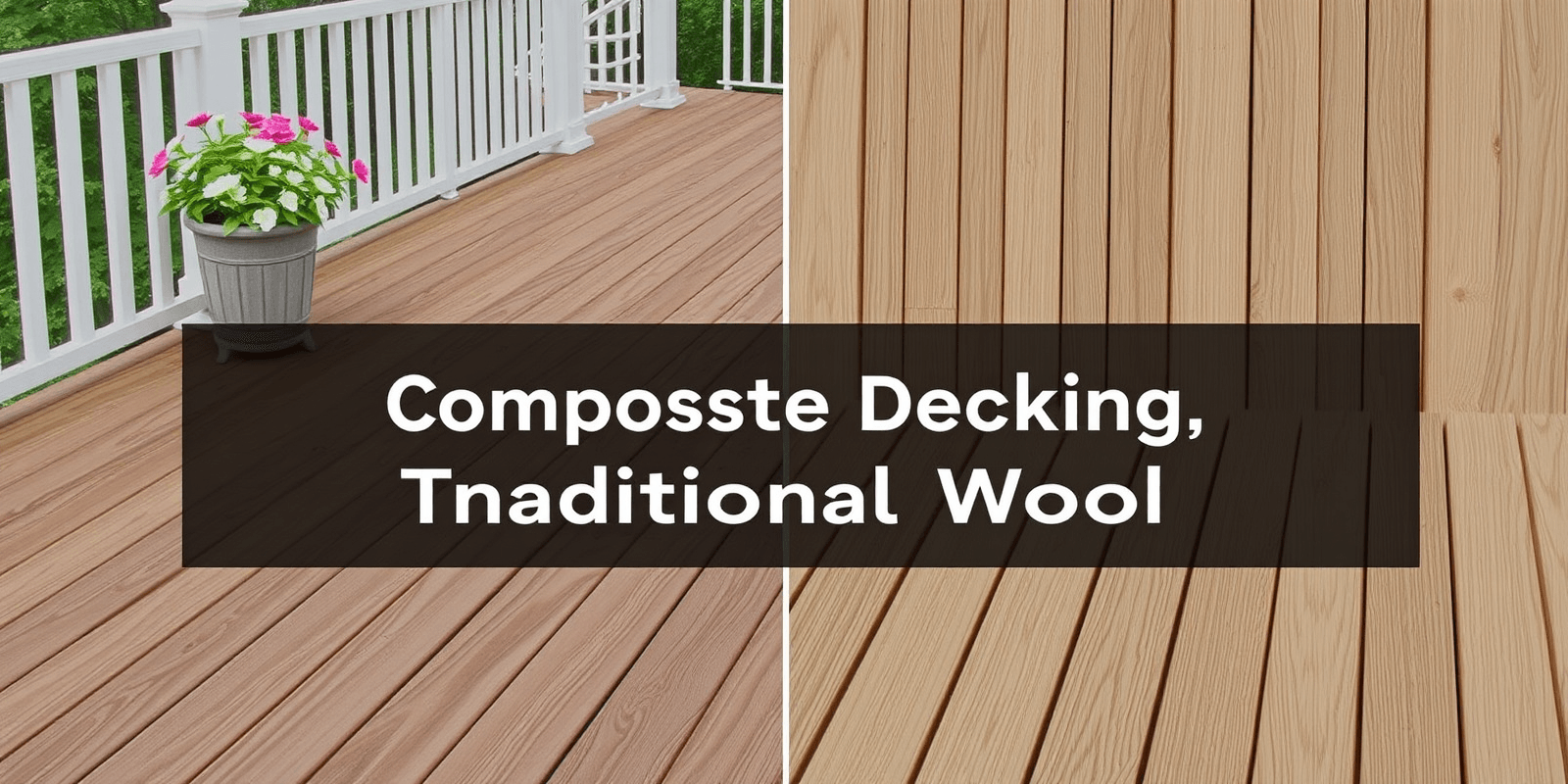Composite Decking Handrail
Introduction
Composite decking has become increasingly popular among homeowners due to its low-maintenance, durability, and aesthetic appeal. One crucial component that often gets overlooked in the composite deck design is the handrail. A well-chosen handrail can enhance the overall look of your deck while ensuring safety and comfort. This article will explore the various materials, styles, and design considerations for choosing a composite decking handrail. We will also discuss how to match the handrail with the overall deck design and the importance of durability and maintenance.
Materials for Composite Decking Handrails
The choice of material for your composite decking handrail can significantly impact its appearance, durability, and maintenance requirements. The most common materials used for composite handrails include wood-plastic composites (WPC), cellular PVC, and fiberglass-reinforced composites. Each material has its own set of advantages and disadvantages, so it’s essential to understand their properties before making a decision.
Wood-plastic composites are made from a mixture of wood fibers and plastic, providing a balance between natural aesthetics and durability. They are resistant to moisture, rot, and insects, making them an ideal choice for outdoor use. However, they may require periodic sealing or painting to maintain their appearance. Cellular PVC handrails are made from a single material and offer excellent resistance to moisture, rot, and insects. They are also easy to clean and maintain but may be more expensive than WPC options. Fiberglass-reinforced composites combine the strength of fiberglass with the aesthetics of composite materials. They are highly durable and require minimal maintenance, making them a great option for high-traffic areas.
Styles and Design Considerations
When selecting a composite decking handrail, consider the style and design that best complements your deck’s overall look. There are several options available, including straight, curved, and decorative handrails. Straight handrails are the most common and provide a simple, classic look. Curved handrails add visual interest and can create a more inviting atmosphere. Decorative handrails, such as those featuring intricate patterns or carvings, can add a touch of elegance and sophistication to your deck.
In addition to style, pay attention to the hardware used to attach the handrail to the posts and deck boards. Stainless steel or aluminum fasteners are recommended for their corrosion resistance and strength. Ensure that the handrail is securely attached to prevent any accidents or injuries.
Maintaining Your Composite Decking Handrail
While composite decking handrails require less maintenance than traditional wood handrails, they still need regular care to keep them looking their best. Clean your handrail periodically using a mild detergent and water solution. Avoid harsh chemicals or abrasive cleaners, as they can damage the surface and affect its appearance. Inspect the handrail for any signs of wear or damage, such as cracks or loose connections, and address these issues promptly to ensure the safety of your deck.
Matching the Handrail with the Overall Deck Design
To create a cohesive look for your composite deck, choose a handrail that complements the deck’s overall design and color scheme. For example, if you have a modern deck with sleek lines and minimalist features, opt for a straight handrail with a smooth finish. If your deck has a more traditional or rustic feel, consider a curved or decorative handrail with a weathered or stained finish. Ensure that the handrail’s color and texture match the rest of your deck to create a seamless appearance.
Conclusion
A well-chosen composite decking handrail can elevate the look of your deck while ensuring safety and comfort. By considering the materials, styles, and design elements discussed in this article, you can select a handrail that enhances your deck’s overall appearance and meets your specific needs. Remember to prioritize durability and maintenance when making your selection, as these factors will contribute to the longevity and enjoyment of your composite deck.



